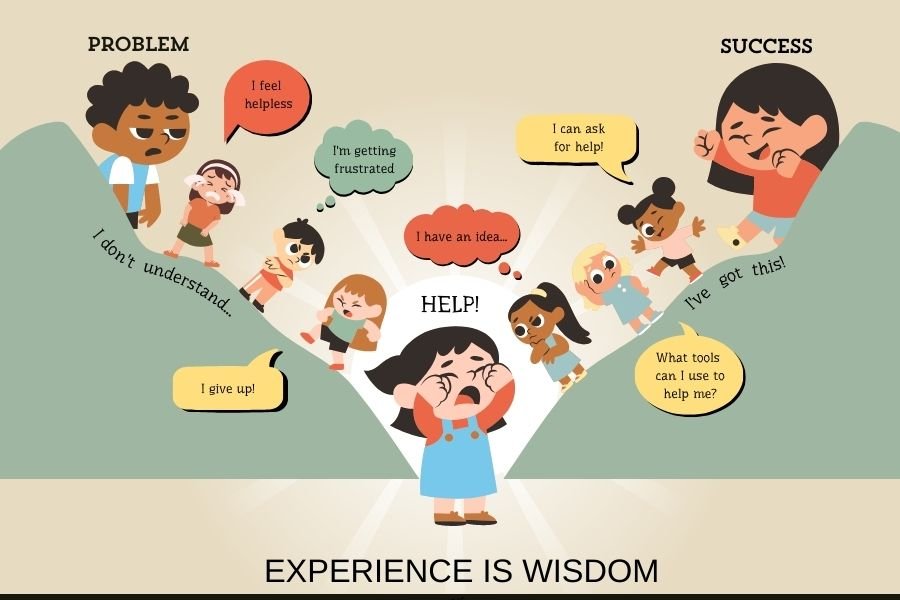Imagine the first gentle steps of a journey into meditation, where mindfulness serves as the initial guide. This practice, a modern-day beacon of awareness, lays the groundwork for deeper exploration. As we dive deeper into this practice, we increasingly become more aware of our own selves and identity, allowing us to embrace our own reality fully.
Mindfulness is the practice of being aware of our surroundings and all the elements that constitute our environment, including the chirping of birds, the vibration of people’s walk, or the sound of a laughing child. It means letting these elements intensely settle down in the depth of your soul and allow them to connect with you and make you feel like you are a part of the present moment.
For therapists, embracing mindfulness means cultivating an acute understanding of the present moment. This is unlike practices like Vipassana, which says that all mental impurities result from ignorance of the true nature of reality. Vipassana is the technique of bringing the true nature of reality to awareness. Mindfulness focuses solely on the here and now, allowing practitioners to become more observant and engaged in their decisions and experiences. With disciplined practice, one can manage anxiety and depression more effectively.
Mindfulness Meditation is a highly effective technique, and therapists can practice it in their clinical settings with their patients and with themselves. Practicing mindfulness has the potential to improve therapeutic outcomes in their clinical environment. Therapists who practice mindfulness experience a higher level of connectivity with themselves. This inspires the patients and accelerates their growth and relaxation. Psychologist and mindfulness expert at Harvard Medical School, Christopher Willard, believes that “clients with mindful therapists get better faster.”
As therapists delve deeper into meditation, they encounter the intensity that defines it. Beginning with mindfulness is merely the start; from there, one can journey towards other profound practices like Rajyoga. Rooted in the ancient teachings of sage Patanjali, Rajyoga encompasses eight limbs: Yamas, Niyamas, Asana, Paranayam, Pratayahara, Dharana, Dhyana and Samadhi. The Yamas and Niyamas refer to the ethical foundation of the Yoga practice. Asana, Pranayama, and Pratyahara are external practices, while Dharana’s final three stages offer transformative experiences. All the stages are interrelated.
Dharana, the fifth limb, marks a pivotal point in practitioners’ preparation for profound meditation. This stage demands a focused resolve and sets the stage for Dhyana—true meditation. Here, intensity deepens as one’s practice evolves. The ultimate stage is Samadhi, an intense state reserved for seasoned yogis seeking enlightenment and oneness with universal consciousness.
Integrating these practices into their lives is a professional choice and a personal journey of immense growth for therapists. Unlike traditional psychological therapies like CBT, which can’t be self-applied, meditation offers therapists the unique opportunity to experience its advantages firsthand. By doing so, they can better reflect these benefits onto their clients’ lives, fostering a deeper connection and understanding.
At Antaha, we promote this authentic approach. We encourage therapists to instill meditation in their own lives before teaching it to others. The rewards are significant: increased stability, humility, calmness, and presence. Decisions become more informed as one lives in the moment while remaining vigilant.
However, this heightened state of awareness isn’t for everyone. Those unable to manage overwhelming emotions may find prolonged experiences challenging. Joyful moments are extended, but so are those marked by PTSD or past trauma.
Overall, meditation has vast potential in a therapist’s life, impacting their well-being and that of their patients. Starting with mindfulness and progressing through stages of increasing intensity, Samadhi offers a path to profound self-realization and transformation.














